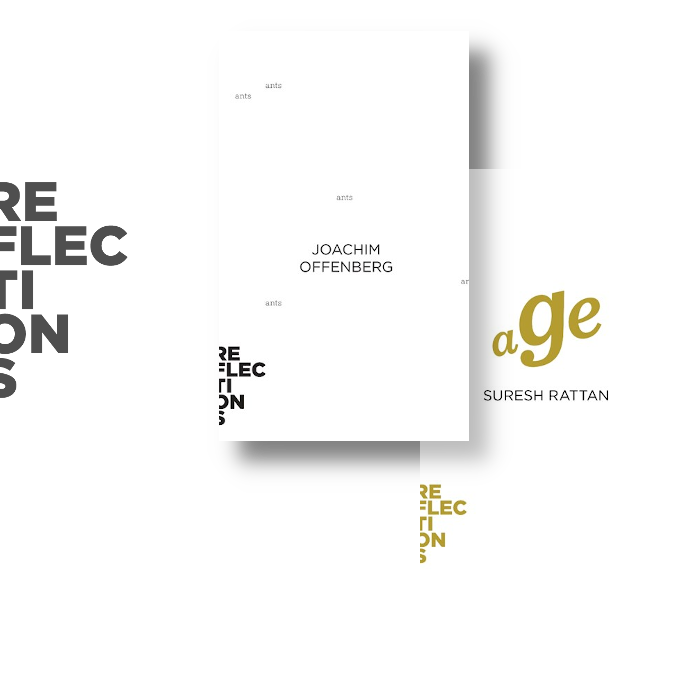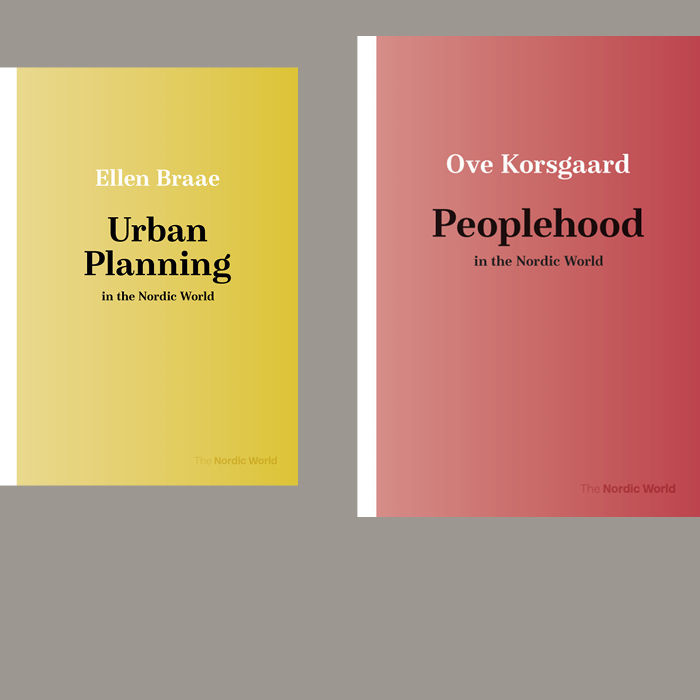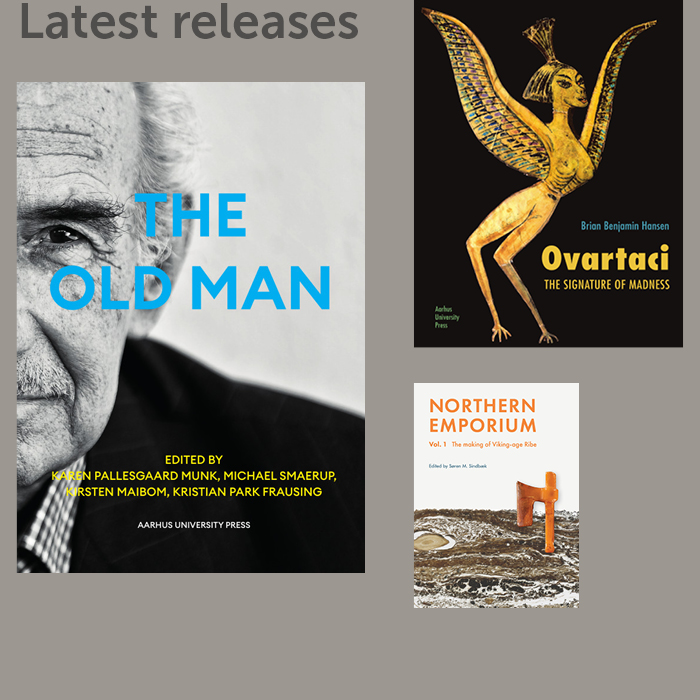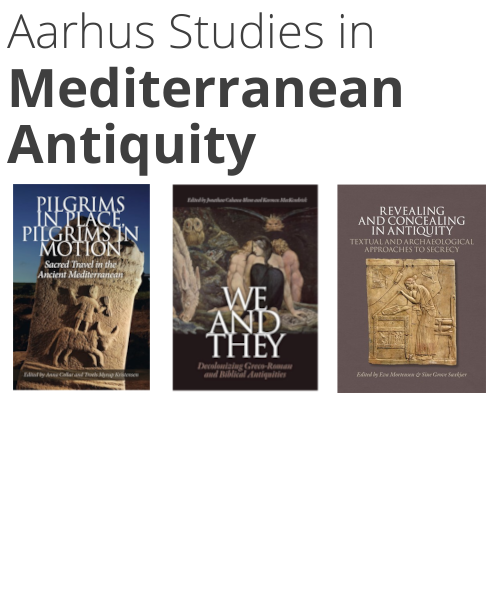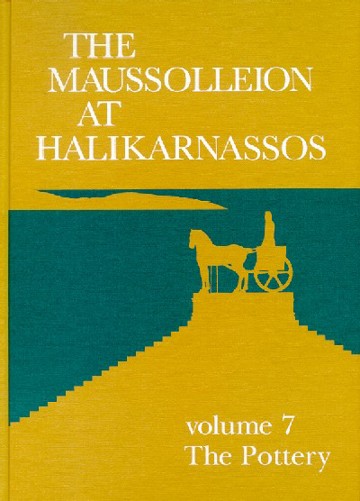
The Maussolleion at Halikarnassos. Reports of the Danish Archaeological Expedition to Bodrum
7. The Pottery
A part of the series Jysk Arkæologisk Selskabs Skrifter (15) , and the subject area Archaeology (classical)
Out of stock
With contributions by
Mette Schaldemose
More about the book
About the book
Raised to honour Maussolos, a Persian satrap of the 4th century BC, the Maussolleion in Halikarnassos was renowned throughout the ancient world as one of its Seven Wonders. By 1522 the building had been completely torn down and reused to fortify a nearby castle.
Little else was known of the ancient monument until 1857, when C.T. Newton rediscovered the Maussolleion site. He removed what he could find of its sculptures - the source of the monument's original fame - to the British Museum, but while he answered some basic questions of structure, many were left unresolved, and his excavations jumbled much of the remaining materials.
The third major contribution to our understanding of the great mausoleum comes from the Danish excavations led by Kristian Jeppesen from 1966 to 1977. The results of these digs are analysed in The Maussolleion at Halikarnassos.
Vol. 7, The Pottery
Finally, Volume 7 is a study of selected ceramic finds from the Maussolleion site and the first major publication on Karian pottery since 1965. From a body of 120,000 items, the authors have emphasized in situ contexts related to the construction of the Maussolleion, and representative items from the large body of Hellenistic material.
Table of contents
Preface
Introduction
Part A - The wares:
Fine wares:
Painted pottery, by Leif Erik Vaag
Black and red plain pottery, by Leif Erik Vaag
Mould-made bowls, by Leif Erik Vaag
Unguentaria, by Mette Kjær Schaldemose
Coarse wares:
Plain wares, by Vinnie Nørskov
Cooking-ware, by Vinnie Nørskov
Brazier supports, by Leif Erik Vaag
Pithoi, by Vinnie Nørskov
Transport amphorae, by Vinnie Nørskov and John Lund
Terracotta roof tiles, by Vinnie Nørskov
Summary and conclusions
Part B - The contexts:
Catalogue
Organization of catalogue entries:
A) Bothros, by Leif Erik Vaag
B) Western staircase - The sacrificial Deposit, by Leif Erik Vaag
C) Western staircase - Co-ordinate 3/10, by Leif Erik Vaag
D) Trench Q6 - layers 18-19A+B, by Leif Erik Vaag
E) Trench Q7 - Layers 3-9 and 11, by Leif Erik Vaag
F) Trench R12, Layer 1, by Leif Erik Vaag
G) Well C, by Vinnie Nørskov
H) Well A, by John Lund
I) Well B, by Vinnie Nørskov
J) Trench R13, by Leif Erik Vaag
K) Trench R1, by Leif Erik Vaag
L) Selected finds from various other Maussolleion contexts, by Leif Erik Vaag
Notes
Bibliography
List of figures
List of plates
Press reviews
Frank Rumscheid Gnomon, Kritische Zeitschrift für die gesamte klassische Altertumswissenschaft
"Insgesamt bietet der Band eine grundlegende Erstpublikation solider archäologischer Forschung im Bereich des Maussolleions. Mehr noch: Einige Ergebnisse führen dazu, langgepflegte Forschungsmeinungen zur vormaussolleischen Nutzung des Areals und zu den Umständen der Haupstadtverlegung unter Maussolos neu zu überdenken."
